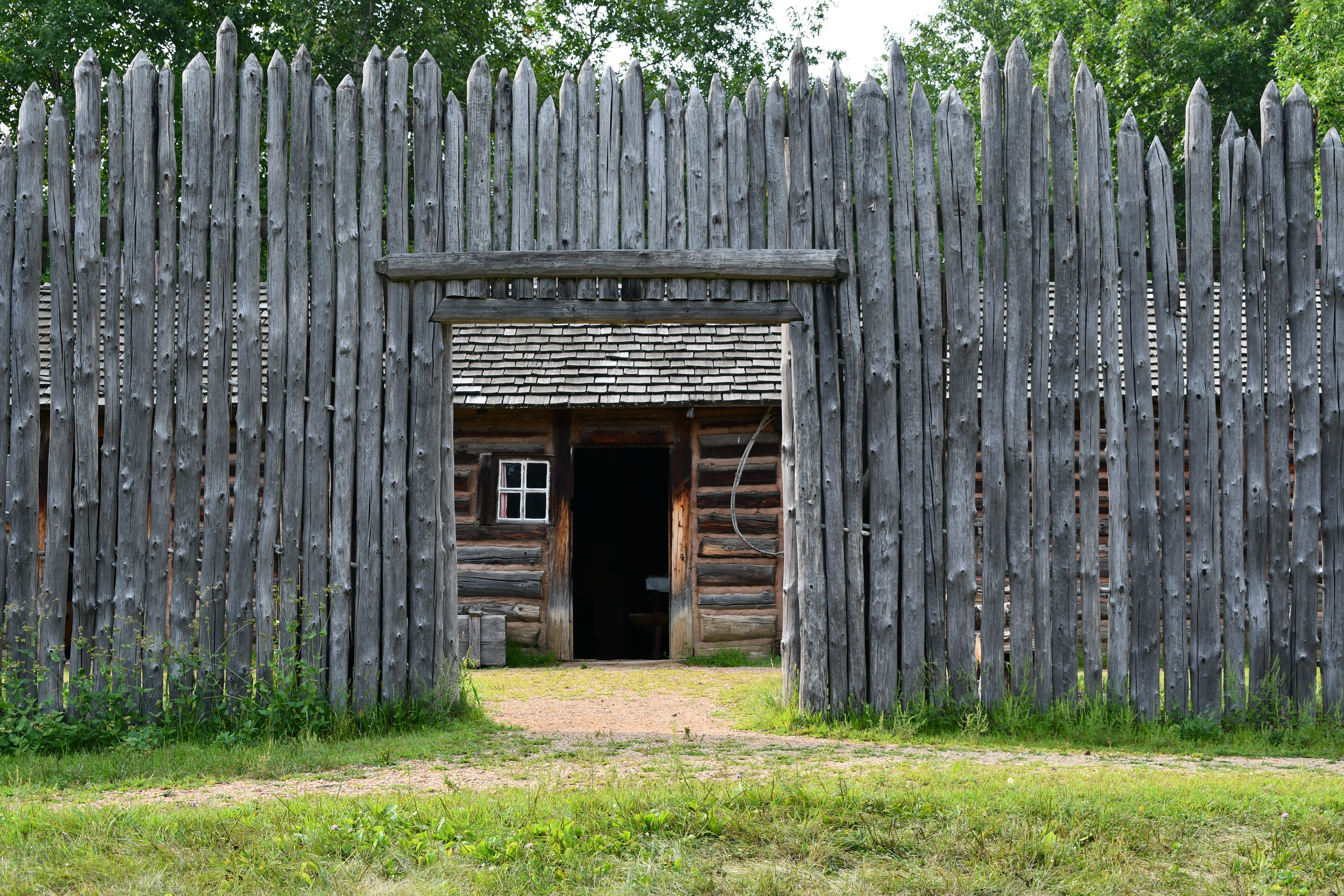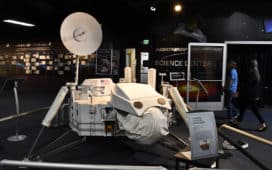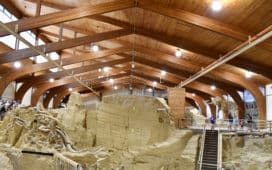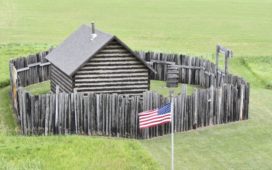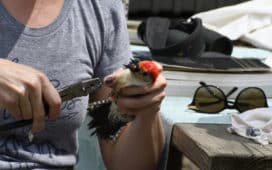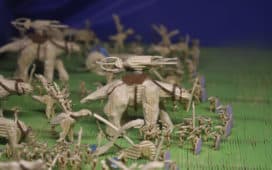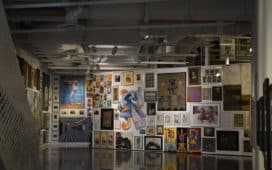Want to know what life was like as a fur trader in 1804? Then you need to take a trip to the Minnesota Historical Society’s Snake River Fur post located in Pine City, MN (located between the Twin Cities and Duluth). The site is broken up into 3 primary areas, a visitor center/museum, an Ojibwe village and the trading post.
TIP: A typical visit will take about 1-2 hours, a bit more of you walk all the scenic trails.
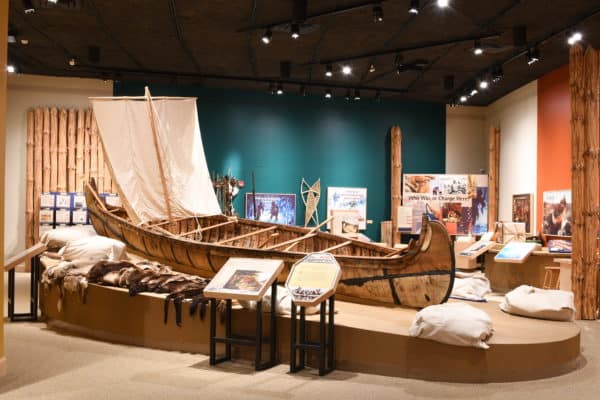
Your first stop will be the visitor center, once you have your tickets, take note of when the next Guided tour starts (they run every 30 minutes). The tours are the best way to experience this site, Costumed interpreters along your journey will interact with the groups allowing you to see what life at the post was like in 1804-1805.
The centerpiece of the museum is the 18th-century replica birch canoe that was crafted in 1988 by Mark Hansen for the La Compagnie des Hivernants de la Riviere Saint Pierre. This group of reenactors attempts to replicate the experiences of the original voyageurs. They would paddle the 24-foot canoe down the same waters, camped out under the canoes and even would eat the same food.
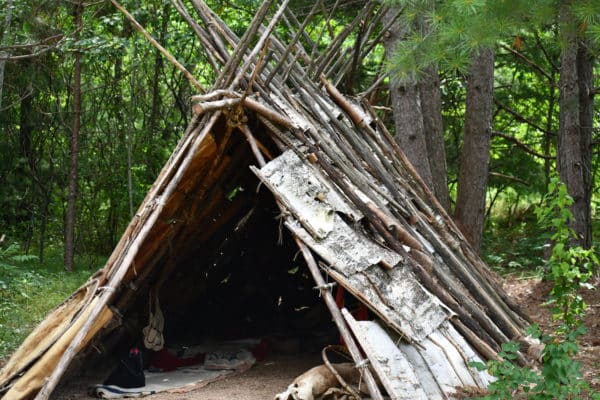
The tour group will meet outside of the visitor center, you will normally find bottles of bug spray on the wall, USE it, the unofficial Minnesota state bird tends to grow quite large and aggressive at this site.
After a brief lesson on the different furs that were traded at the site, you will stop at a reconstructed Wigwam where the guide will explain what items the Ojibwe may have kept inside.
**Tip: If you see something interesting inside, ask the guide, they only talk about some of the items inside for the tour.
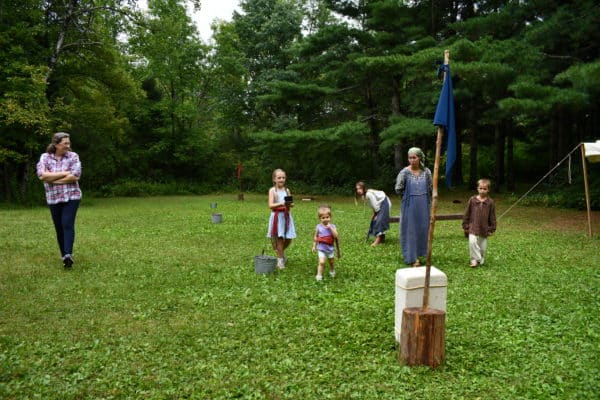

We attended one of the Children’s Weekend events where they had more activities than normal. Activities included obstacle courses, searching for furs in the woods while wearing snowshoes, practice determining furs and their trade values
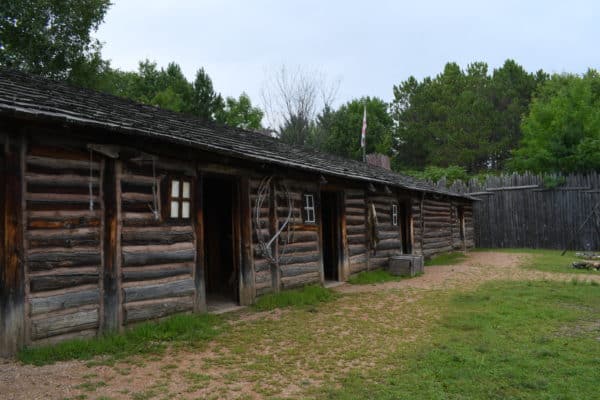
The original post was built between October 9th and November 20th, 1804. The post contains 6 rooms that included multiple living quarters, a room where the traders were handled and the storehouse.
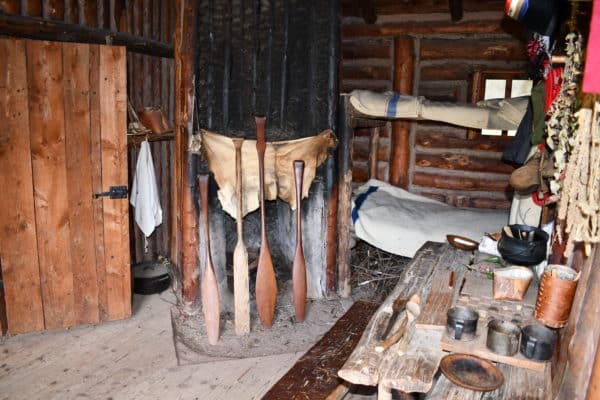
Voyageurs were physically fit and were expected to carry two 90-pound bundles of fur when they had to portage and needed to paddle one stroke per second. This is why the preferred paddle was narrow and lightweight.
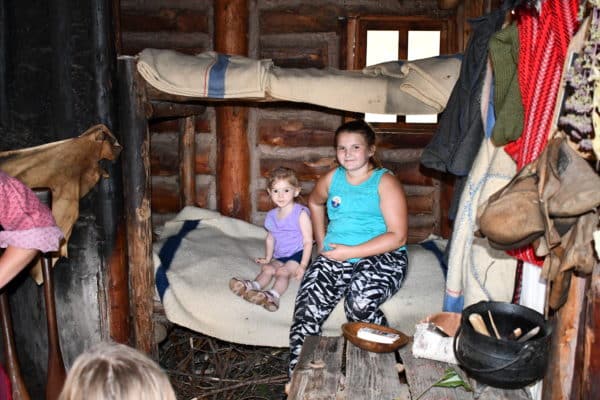
Rooms of the voyageurs were cramped and divided up according to the position, paddlers had the least amount of space, followed by the navigator and what may be considered the most important job, singing. Music was an important part of the journey as it helped keep the crew on the same tempo for paddling.
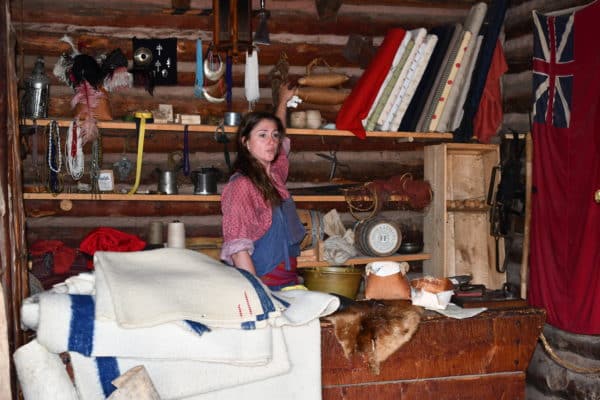
Notice: This article was updated on 1/4/19
QUESTION: What do you think would be the most challenging part about being a voyageur in the 1800’s?

